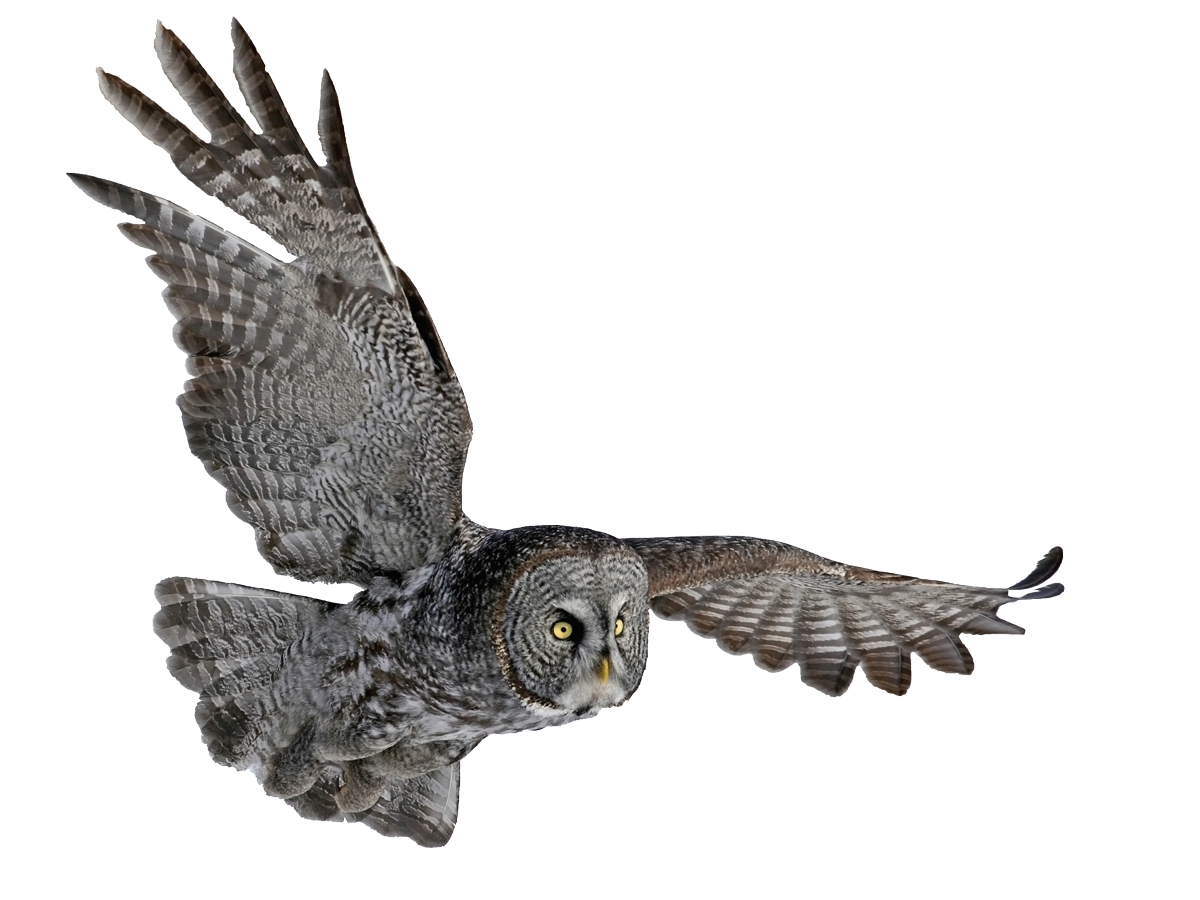Pest categories

Pharaoh ants
Bed bugs
House mouse
Brown rat
Black rat
Cockroaches
Flies and houseflies
Meat flies
Fruit flies (drosophila)
Ants
Wasps
Fleas
Mediterranean Flour Moth, Indianmeal moth, cacao moth and Broad-barred knot-horn moth
Other pests of stored foodstuffs are beetles
Clothes moth and case bearing clothes moth
Common carpet beetle, fur beetle, museum beetle and larder beetle
Wood-damaging beetles
Domestic pigeon
Gulls
Raven birds
Sparrows
Contact us
Wood-damaging beetles
Live naturally in Lithuania under outdoor conditions.
These are pests that attack wood and wood products that have been cut and are already dry. In our country, wood is damaged by beetles: longhorn beetles, furniture beetles and biscuit beetles. The larvae usually live under the bark of trees or in the wood itself, but a few species also settle on dry wood and woodwork: walls of wooden buildings, natural wood furniture and museum exhibits, building materials, wooden architectural monuments, etc.
Why are they pests?
They damage dry wood and wood products: natural wood furniture, dried building materials.
Cause damage to the walls of wooden buildings.
Damage museum exhibits and wooden architectural monuments.
Cause damage to the walls of wooden buildings.
Damage museum exhibits and wooden architectural monuments.
Which areas are relevant?
- Home
- Offices
- In museums
- Accommodation service companies
What do they harm and who do they harm?
- Dry wood and articles thereof
Key attributes
House longhorn beetle. There are 106 known species of longhorn beetle in Lithuania. House longhorn beetle is the main pest of dry wood in Western Europe and Lithuania. This beetle is rarely found in forests, and is more common near old wooden buildings, woodworking plants, etc.
Beetles fly well. Their activity is highest in summer. It only affects softwoods.
The larval stage (damaging) usually lasts 3⎯5 years, but can last longer. The larvae of the longhorn beetle usually live under the bark or wood of live, drying or desiccated trees, therefore, they not only mechanically damage living trees by gnawing on the trails, but also cause rotting. The larvae simply furrow the wood, making it suitable only for firewood. Softwood logs can become unsuitable for construction work within a few years. The walls of wooden buildings can also be damaged.
The beetles spread by adults flying to other places (entering buildings through open windows and doors) and by transporting infested wood and wood products. Beetle pests can also get into buildings with containers.
Beetles fly well. Their activity is highest in summer. It only affects softwoods.
The larval stage (damaging) usually lasts 3⎯5 years, but can last longer. The larvae of the longhorn beetle usually live under the bark or wood of live, drying or desiccated trees, therefore, they not only mechanically damage living trees by gnawing on the trails, but also cause rotting. The larvae simply furrow the wood, making it suitable only for firewood. Softwood logs can become unsuitable for construction work within a few years. The walls of wooden buildings can also be damaged.
The beetles spread by adults flying to other places (entering buildings through open windows and doors) and by transporting infested wood and wood products. Beetle pests can also get into buildings with containers.
Common house borer and common death watch beetle. There are about 12,000 known species worldwide, and 16 in Lithuania. New species can be introduced with a variety of wood products. The most common in Lithuania is the common death watch beetle. Beetles fly well. In spring, female beetle lay their eggs in cracks, joints and areas of furniture and woodwork that are not protected by a layer of paint or varnish. The hatched larvae burrow into the wood and feed on it. The larvae live for about 2⎯4 years in deciduous wood and 4⎯6 years in coniferous wood. The pupae form on the surface of the wood (at a depth of about 0.5 mm), therefore, after a couple of weeks the hatched beetles can easily penetrate the thin layer of wood and crawl out, leaving openings of about 2 mm in diameter and pushing out a bunch of small debris.
These beetles like damp and unventilated rooms.
Borers damage pine and hardwood timber in buildings, furniture, picture frames and wooden artwork. The most common damage is caused by wood that has not been well dried.
The furniture borer is most often found on wooden furniture and woodwork, while the death watch beetle is mainly found on wooden building structures (window sills, roof supports, floors). Only in rare cases can it harm furniture.
It has been observed that wood damaged by furniture borer is usually also damaged by fungi, therefore, it is believed that they accelerate the rotting of the wood, helping the spores of fungi to penetrate deeply.
They spread by adults flying to other places and transporting contaminated timber and timber products. These beetle are introduced into buildings from nearby uncut dead wood, improperly stored wood stocks and infested wooden buildings.
These beetles like damp and unventilated rooms.
Borers damage pine and hardwood timber in buildings, furniture, picture frames and wooden artwork. The most common damage is caused by wood that has not been well dried.
The furniture borer is most often found on wooden furniture and woodwork, while the death watch beetle is mainly found on wooden building structures (window sills, roof supports, floors). Only in rare cases can it harm furniture.
It has been observed that wood damaged by furniture borer is usually also damaged by fungi, therefore, it is believed that they accelerate the rotting of the wood, helping the spores of fungi to penetrate deeply.
They spread by adults flying to other places and transporting contaminated timber and timber products. These beetle are introduced into buildings from nearby uncut dead wood, improperly stored wood stocks and infested wooden buildings.
PEST CONTROL involves the protection of human health, property and food resources from unwanted harmful organisms ⎯ pests.
Copyright


